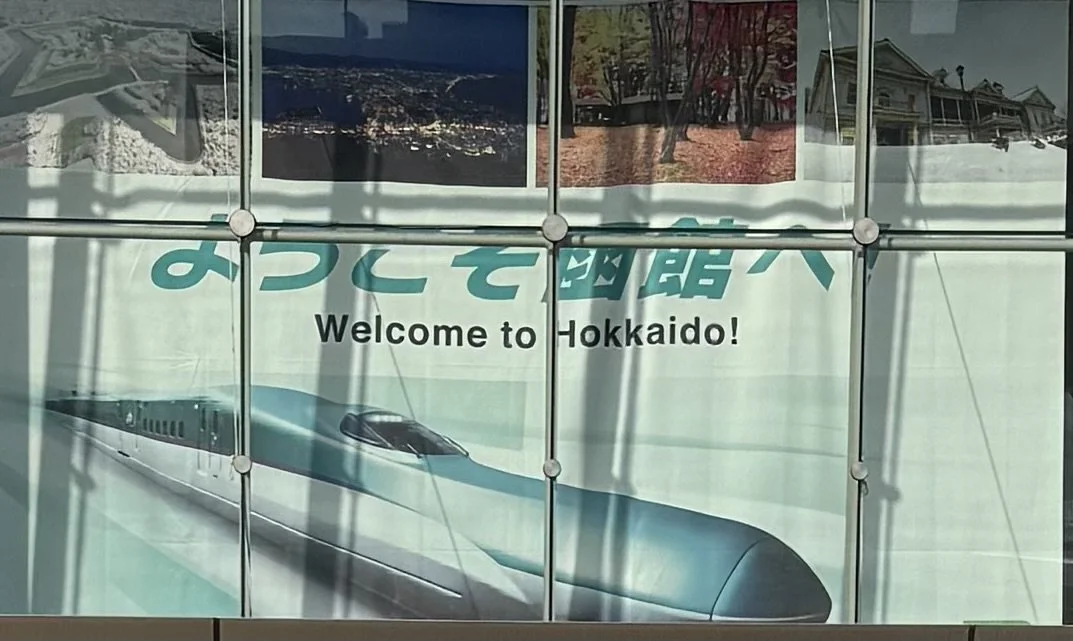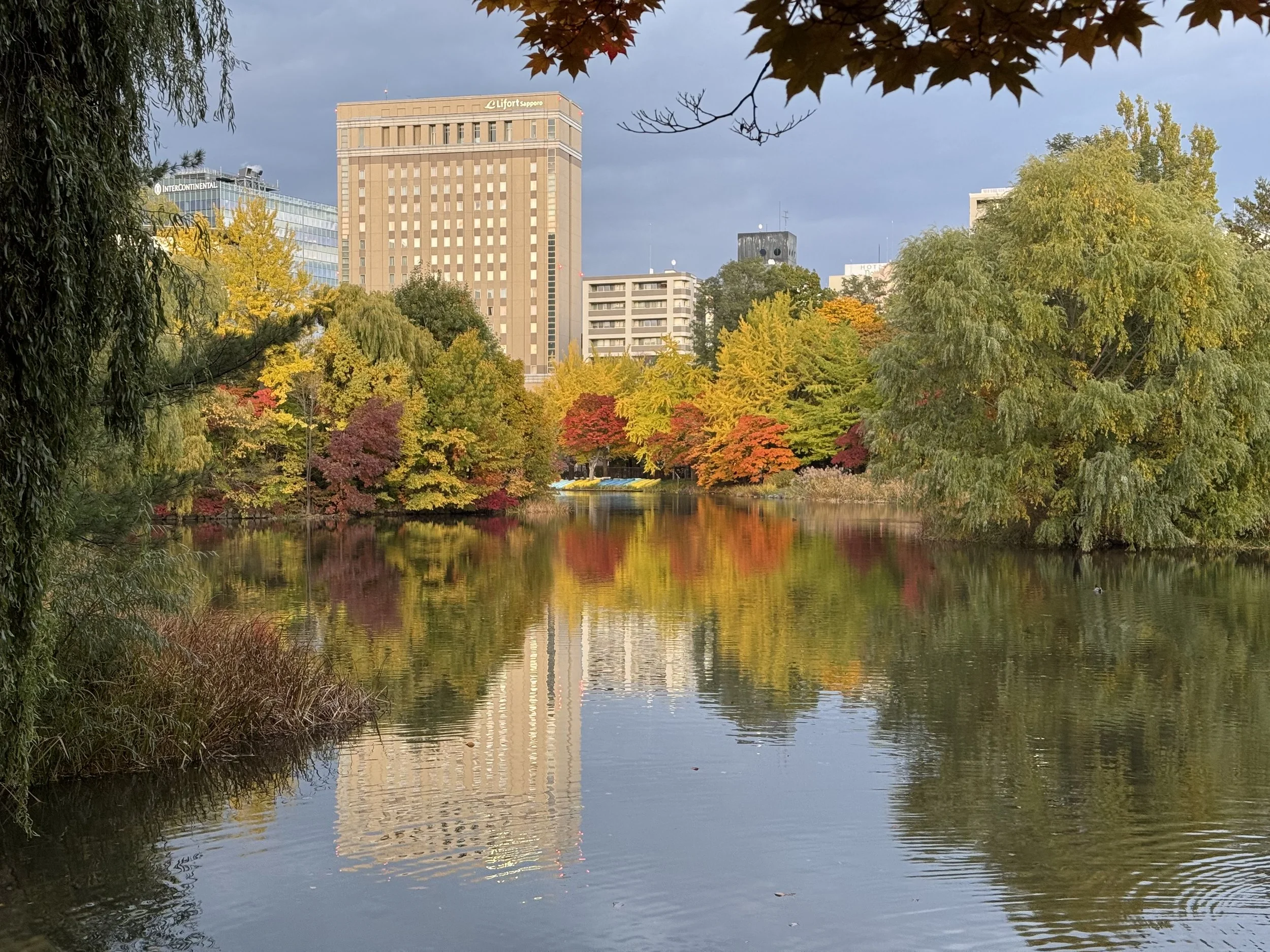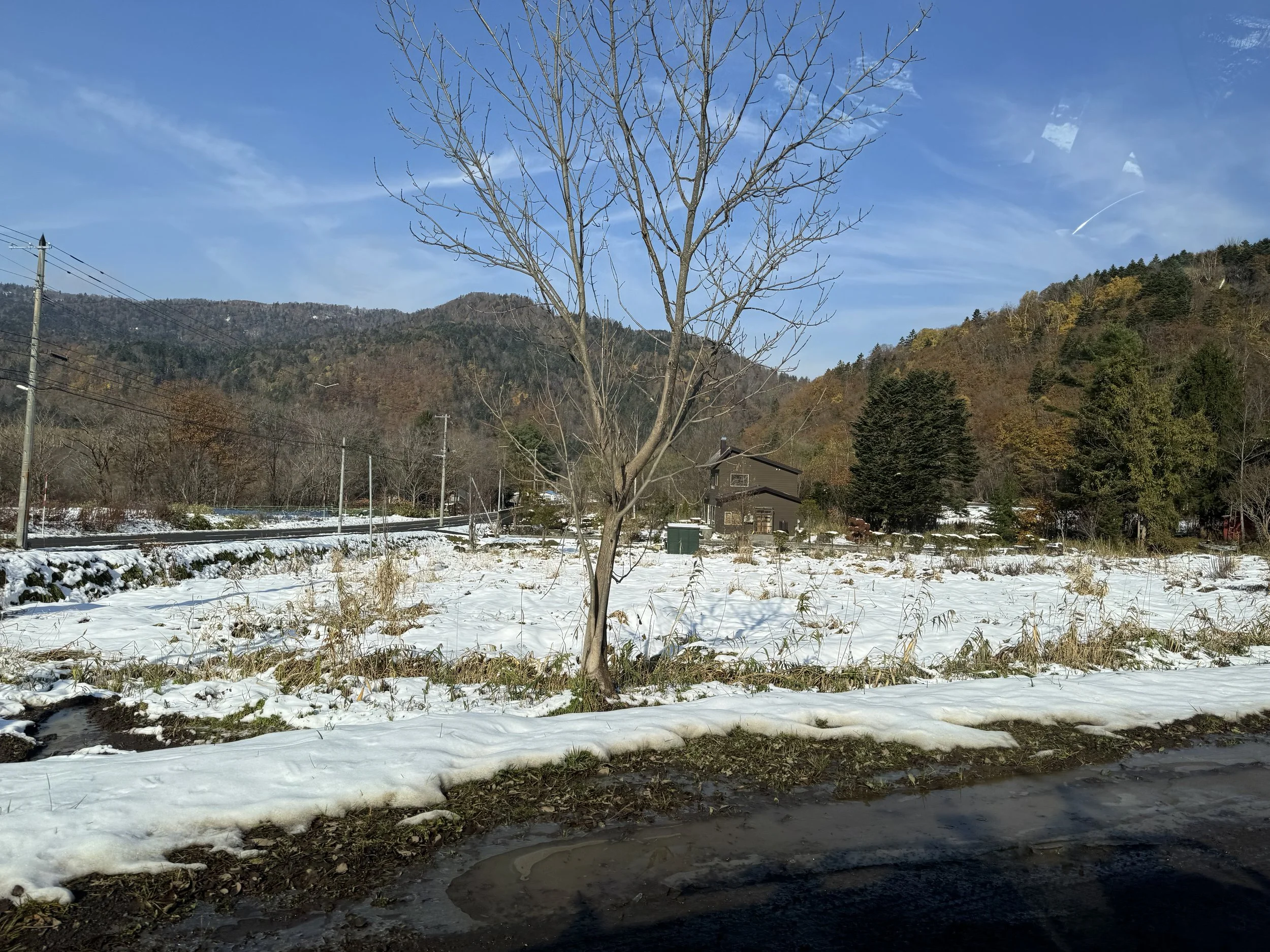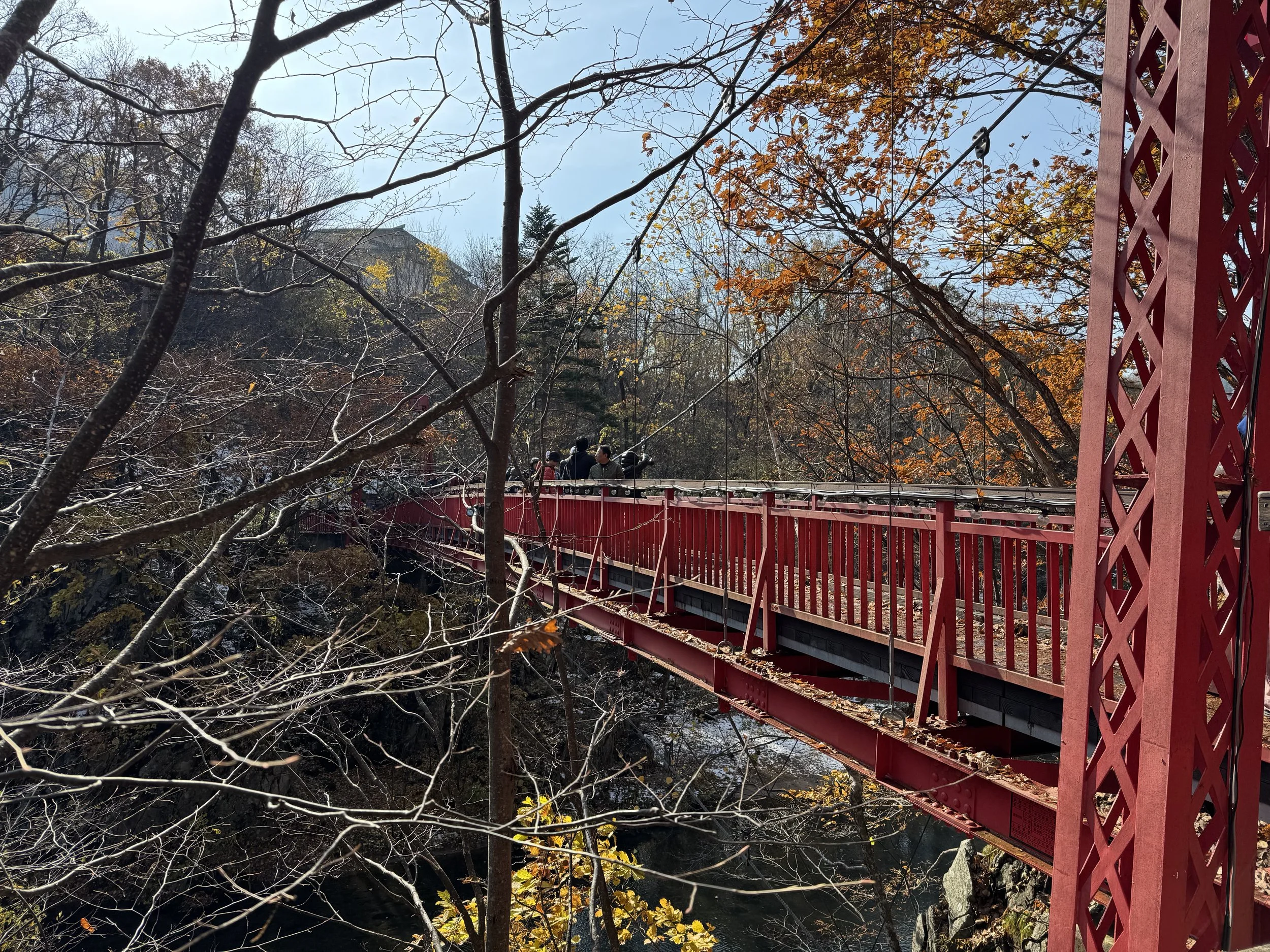“The journey itself is my home.”
I first heard about Japan’s super fast “bullet trains” some time in the mid-1960s. I think there was a documentary on PBS about their construction. As a young boy I was fascinated by trains of any kind, and the faster the better. It would be more than 50 years, however, before I would step on board on and take a ride. It happened this week.
The online booking system for the Japanese Railway system, JR, is a bit complicated — all the more so because there are multiple lines in Japan and each is owned by a different company. If you are in Tokyo and want to go to Kyoto, you’d use a certain website to book your seat. If you want to go to Sapporo on the island of Hokkaido in the north, it’s a different website.
Sitting at home, trying to book a ticket for a railway I had never seen was even more daunting. But eventually, I figured it out and booked two tickets from Tokyo to Hakodate where the line ends, and then two more from Hakodate to Sapporo. There didn’t seem to be a way book a ticket all the way through. That was fine however. It is a pretty long journey all the way to Sapporo, around 9 hours, so it seemed sensible to break it up and stay overnight in Hakodate at the very southern tip of Hokkaido.
I also managed to link our tickets to our transit cards on our Apple Watches so that we’d be able to just tap into the fare gate and tap out again. No paper tickets needed.
It was just 3 stops on the subway from our hotel in Kinshichō to Tokyo Station. We allowed plenty of time but it was rush hour. Perhaps you have seen or heard stories of the Tokyo metro at rush hour? Yes, just like that. We (and our backpacks) were crammed like the proverbial sardines into the car. No need to hold on; the press of bodies kept me upright. Fortunately, Tokyo station is a major stop and we were carried off the train like salmon rushing upstream in river of of our fellow fish.
The tickets on Apple Watch worked perfectly. A tap at the Shinkansen entrance and the gates opened for us. Within seconds I got an email, letting me know that the system had recorded us passing through the gate, and confirming our train, time of departure, and seat assignments. Now all that remained was to find the right platform and board the train.
More than 1 million people per day pass through Tokyo stations and every one of them seemed to be there at 8:30 a.m. on Tuesday morning. Like most train stations, in addition to trains and people, there are hundreds of shops, restaurants, and coffee places. As we would be on the train for much of the day, we stopped to pick up bento boxes for lunch as one does. There were dozens of choices. We picked boxes that had grilled fish, pickles, vegetables, and, of course, rice.
A snack for the journey
About 30 minutes before departure, our train appeared by name and number on the digital board with the platform number. The displays alternate between Roman and Japanese characters so it is easy to find your train’s location.
We had reserved seats, so once on the platform we proceeded to where our specific car would board as each car stops at a specific point on the platform. Even the car doors align perfectly, with marks on the floor so you know exactly where to stand. People line up to board the train in an orderly fashion. For our first journey, I had booked tickets for the “Green” car, which is kind of like business class. You get a bit more room, handy electric outlets right in the arm rest, and an attendant comes by with a trolley offering food and drinks for purchase if one wishes. It costs a little more but I thought it would be fun to try it especially for what would be one of our longest train journeys.
As we waited, a petit women in a pressed uniform appeared next to us on the platform. We surmised from her outfit and her battery of tools that she would be cleaning the train when it arrived. As the train into the station still traveling at an astonishing speed, she stood facing the train and bowed deeply from her waist to the train as it arrived on the platform.
A moment later she and her crew mates were inside making the inside spic and span for the onboarding passengers. They vacuumed, wiped down all the seats and tray tables., and took away all the trash all in about 6 minutes. With just 3 minutes to departure time, the train began to board. We found our very spacious seats and had barely stowed our luggage when the train glided out of the station without so much as a jolt or a shudder.
The Tokyo metropolitan area is home to more than 40 million people so perhaps that gives you a sense of its massive size. Yet seemingly within minutes, the city gave way to suburbs and then to a more rural setting with small villages and farms. The Shinkansen reaches top speeds of around 300 km/hr (around 190 m/hr). If I understand Einstein correctly, I added at least a few seconds to my life by traveling so fast.
The train ride was as close to silent as a train can be. Phone calls or even phones ringing or making sounds is prohibited in every car. If you must make a call, you are permitted to stand in the space at the end of the car and speak in a whisper. The train itself is smooth and quiet. That leaves just the announcements of upcoming stops (in Japanese, English, and Chinese) to disturb one’s repose. No one asked to see our ticket. Somehow they just know who you are and where you are supposed to be. The conductors move silently through the cars. As the staff goes from one car to another they turn and bow to the car before moving to the next one. It is a way of showing respect for the train, their work, and the passengers.
Around noon, we enjoyed our bentos which were quite ouishi (delicious) and watched as the scenery rolled by at astounding speed. The tracks run right along the coast so the view is enchanting with the sea on one side and snow-capped mountains on the other. I assume many of them are snow covered all year round.
Autumn in Hokkaido — Why does it feel so inviting?
There was intermittent rain and mist and sometimes sun as we rolled through one micro climate after another. Also, though we weren’t really paying attention to it, the outside temperature was plummeting as we barreled north leaving Tokyo’s late summer and heading toward fall in Hokkaido. The trees, which had barely started to change in Tokyo, now began to present yellow, red, and orange adding to the charm and beauty of the passing landscape. Finally we passed through the 56km long tunnel under the sea that separates Hokkaido from Japan’s main Island of Honshu. Passing through the tunnel is the only time on the entire journey I lost mobile service for a few minutes.
At exactly 1:36 p.m. the train pulled into the Shin Hakodate-Hakuto station. We would need to take another local train about 15 minutes to the town center where our hotel was. The weather app reported it was 10 degrees Celsius but felt like 4.
Yes, that is snow on Oct. 30.
A few minutes later we tapped out of the final exit gate with our Apple Watches and stepped out of the warm station into the rain, cold, and gusting winds of a Hokkaido autumn.
The world’s a narrow bridge; fear nothing.




